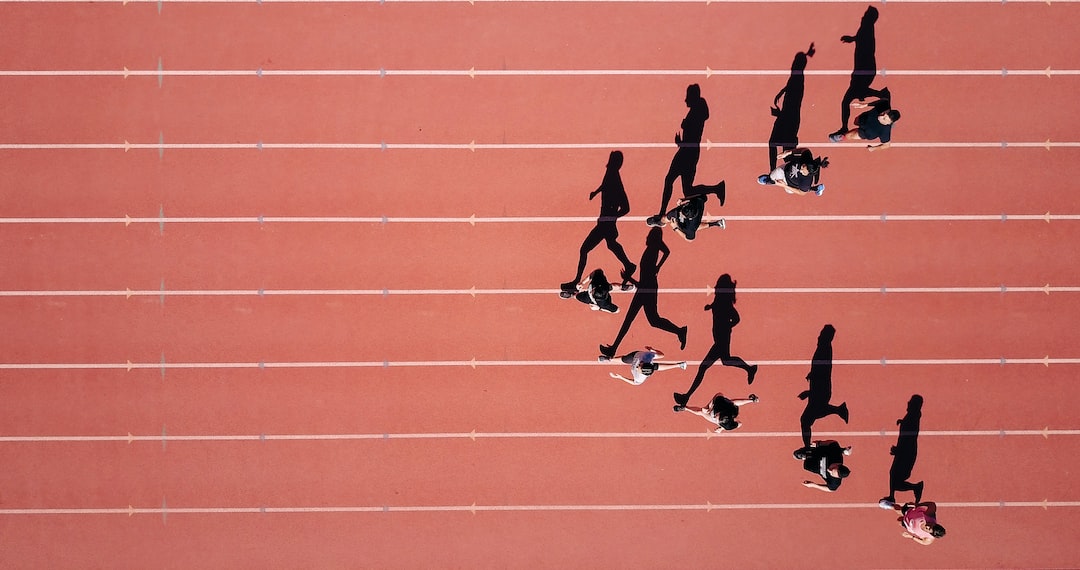Exploring the Importance of Team Dynamics in Sports
In the world of sports, it is a common understanding that talent and skill play a significant role in achieving success. However, true excellence comes not only from individual performance but also from the collective effort of a team. Understanding and harnessing the power of team dynamics can make all the difference in terms of victory or defeat.
Team dynamics encompass the interactions and relationships among team members, including their communication, motivation, and cooperation. These dynamics are crucial for enhancing the overall performance of a team. Let’s explore why team dynamics are such a vital aspect of sports.
Firstly, effective team dynamics greatly impact communication within a team. Communication is the lifeblood of any successful endeavor, and sports are no exception. Clear and open lines of communication among team members ensure efficient coordination and synchronization during competitions. Teammates must be able to convey their plans, strategies, and expectations to one another, fostering a strong sense of unity and shared vision. Without effective communication, misunderstandings and missteps can easily occur, leading to costly mistakes on the field.
Furthermore, team dynamics influence motivation within a team. The ability to motivate oneself is crucial, but having teammates who support and uplift one another creates an environment of continuous motivation. Teammates who genuinely care and encourage each other can boost morale, fostering resilience and determination. This support system ensures that players give their all, even during challenging times, and do not give in to demotivation or despair. Ultimately, the collective motivation generated through strong team dynamics can propel a team to achieve greater goals and overcome obstacles.
Cooperation is another indispensable aspect of team dynamics. Sports require players to work together towards a common objective, and the level of cooperation directly impacts a team’s success. When team members are willing to set aside personal ego and prioritize the greater good, they can create an atmosphere of trust and collaboration. Players who cooperate effectively are adept at not only understanding their own roles and responsibilities but also appreciating and utilizing the strengths of their teammates. By pooling their individual skills and abilities, the team can achieve outcomes that surpass the capabilities of any individual player.
Team dynamics also contribute to the development of leadership skills. Every team needs leaders who can guide and inspire others. When team members have positive dynamics, they naturally encourage the emergence of leadership qualities within themselves and their peers. Effective leaders have a deep understanding of their teammates’ strengths, weaknesses, and motivations. They are able to provide guidance, make tough decisions, and navigate the team towards success. Leadership, fostered through strong team dynamics, is instrumental in creating a cohesive and harmonious team that thrives under pressure.
In conclusion, the importance of team dynamics in sports cannot be overstated. Effective communication, motivation, cooperation, and leadership are critical elements that determine a team’s success. By nurturing positive team dynamics, teams can unlock their full potential and achieve remarkable feats. Sports provide a unique platform to witness the power that emerges when individuals come together and function as a unified force. So, whether you’re a player, a coach, or a fan, never underestimate the significance of team dynamics in the pursuit of athletic excellence.

